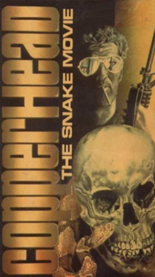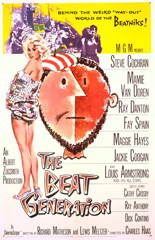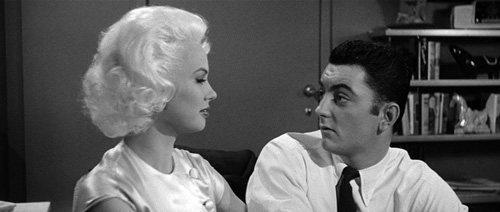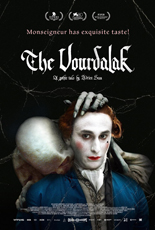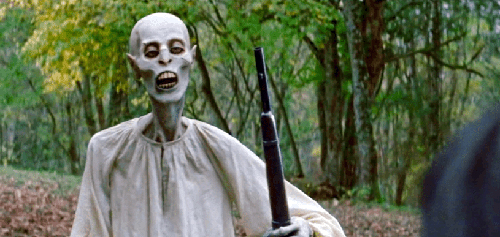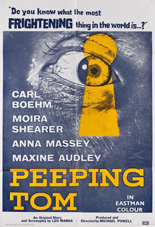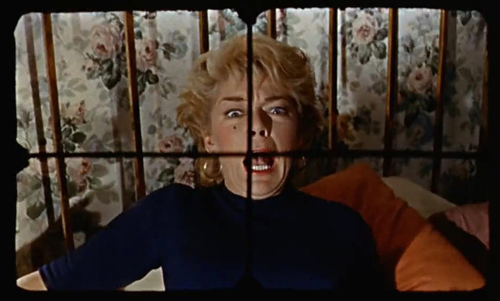
Lest ye doubt the power of the copperhead snake, the movie Copperhead opens with such a serpent killing a mouse, then swallowing it with impressive jaw reach unseen outside of Linda Lovelace’s CV. This food-chain footage could be an allegory for the man’s-inhumanity-to-man tale that follows, but let’s be real: Missouri-based Leland Payton wasn’t thinking that intently when writing or directing his shot-on-video epic.
Despite being “one of the nation’s top wildlife artists,” Ozarks resident Jerry Jerome (David Fritts, Stolen Women, Captured Hearts) has a big problem: the Randall clan — somehow, “family” isn’t quite the right word — that’s moved into the nearby abandoned church. Patriarch Howard (Jack Renner) is an overbearing asshole who loves exercising his Second Amendment right against innocent snakes almost as much as smoking Marlboros, abusing his boys or subjugating his freckled wife (Gretta Ratliff).
For painting purposes, Jerry needs to catch copperheads in jars that once held Peter Pan peanut butter or the tangy zip of Miracle Whip. But ol’ Howard just wants to shoot the shit out of the snakes — which he does, often in bloody, gut-oozing detail. Howard threatens to put holes in Jerry, too, if he steps foot on the Randall property again.
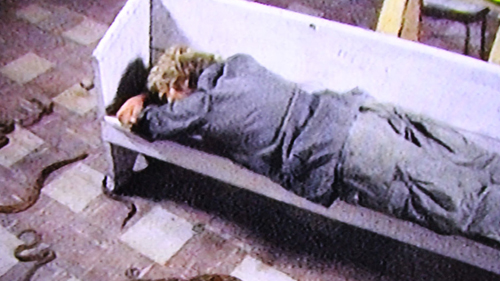
Speaking of that, Howard should’ve asked the gubermint to conduct a census of scaly reptiles before purchasing the church, because the literally holey place is a nest of copperheads. One night, the Randalls take up arms against 41 of them! More venomous pit vipers follow in the conclusion, of course, no matter how much of the aerosol can of Secret deodorant Howard’s daughter empties toward her slithering attackers.
I’ll give Copperhead this (because I’m sure not giving it hosannas for dramaturgy): Its use of real, honest-to-Gawd Agkistrodon contortrix lends a curiosity value and a palpable sense of danger, no matter how many safety precautions were taken. You think Samuel L. Jackson would put up with that shit?
Porn actress Annie Sprinkle (M*A*S*H’d, The Horneymooners, Surelick Holmes, et al.) cameos, albeit on the cover of a Stag magazine “read” by a Randall just before dripping-wet snake guts join the pages’ dried semen. —Rod Lott

